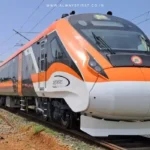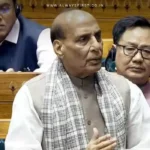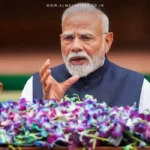Key Highlights:
✔ Operation Sindoor showcased India’s advanced indigenous defense systems.
✔ DRDO chief confirms self-reliance in critical military technology.
✔ Mission highlights India’s growing prowess in global defense innovation.
Operation Sindoor Proves India’s Defense Tech Prowess, Says DRDO Chief
India’s defense sector has achieved a significant milestone with Operation Sindoor, a strategic mission that put the nation’s indigenous military systems to the test. According to Dr. Samir V. Kamat, Chairman of the Defense Research and Development Organization (DRDO), the operation demonstrated India’s ability to deploy homegrown technology with precision and efficiency.
A Leap Toward Self-Reliance
Speaking about the mission, Dr. Kamat emphasized that Operation Sindoor was a testament to India’s growing self-sufficiency in defense tech. “The systems used were entirely developed within the country, showcasing our ability to innovate without dependency on foreign imports,” he stated. This aligns with the government’s ‘Atmanirbhar Bharat’ (Self-Reliant India) initiative, which aims to strengthen domestic defense manufacturing.
What Made Operation Sindoor Stand Out?
While specific operational details remain classified, sources indicate that the mission involved advanced surveillance, communication, and weapon systems—all designed and produced by Indian scientists. The DRDO chief highlighted that the success of such missions reinforces India’s position as a key player in global defense innovation.
Global Implications
With nations closely watching India’s technological strides, Operation Sindoor sends a strong message about the country’s strategic readiness. Experts suggest that this could lead to increased defense exports as other countries seek India’s cost-effective yet high-performance military solutions.
As India continues to push the boundaries of defense research, missions like Operation Sindoor not only boost national security but also cement the country’s reputation as a leader in indigenous military advancements.








































Leave a Reply